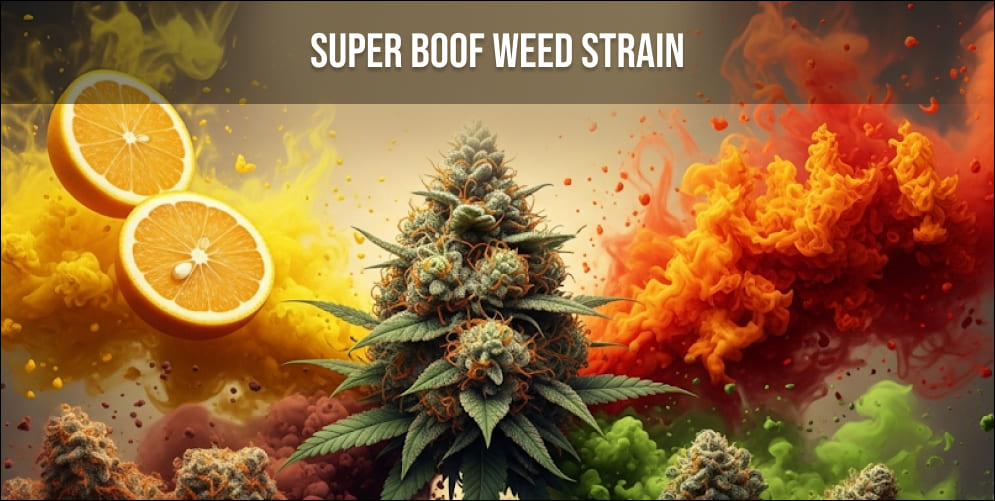What is Ganja: Unveiling the Origins, Uses, and Culture of Cannabis

Embark on a journey through the rich history and cultural significance of cannabis, as we unveil the origins, uses, and vibrant culture of this remarkable plant. At the heart of this exploration lies the term ganja, one of the oldest colloquial expressions for cannabis.
This word, with roots tracing back to Sanskrit, has a captivating tale that connects India to Jamaica and reverberates through the global cannabis community.
As we delve into the historical tapestry of cannabis culture, we’ll discover how ganja has transcended borders, becoming a universal symbol for cannabis enthusiasts worldwide. Beyond its linguistic journey, we’ll traverse the centuries, from the colonization of Jamaica to the emergence of Rastafari and its profound connection to ganja.
Join us on this enlightening journey as we decode the significance of ganja and unravel the intricate threads that bind it to the diverse and dynamic world of cannabis culture.
We have prepared these articles especially for you:
- How to Eradicate Spider Mites from Cannabis Effectively?
- What is weed clones?
- How to Grow Weed Plants?
Decoding the Significance of Ganja

One of the oldest colloquial expressions for cannabis, ganja, can be traced back to the Sanskrit term for the plant’s flowers.
This term found its way to Jamaica via India, becoming an integral aspect of Rastafarian culture and leaving a lasting impact worldwide, notably through the influence of reggae music during the 1960s and 1970s. Even today, ganja stands as one of the most renowned monikers for marijuana across the globe.
Consider giving Kool-Aid a try, a Sativa-dominant hybrid strain with a 60/40 ratio. Ideal for daytime enjoyment, Kool-Aid delivers uplifting effects that stimulate the mind while gently relaxing the body. You’ll savor its hashy undertones accompanied by delightful hints of sweet lavender and grape flavors.
Unveiling the Historical Roots of Ganja

Cannabis culture is a vibrant tapestry, woven with diverse tropes, dialects, and references that vary from one corner of the world to another. For the wandering cannabis enthusiast, ganja emerges as a universal term, instantly connecting you with fellow connoisseurs.
Regardless of your location, ganja conjures images of Jamaica, the rhythms of Reggae, and the spiritual vibes of Rastafarianism.
Interestingly, the origins of ganja take us back to India. This word finds its roots in Hindi, which in turn stems from the ancient Sanskrit language. In Hindi, “ganja” specifically refers to the prized flower buds of the cannabis plant.
Meanwhile, “Charas” denotes the resin, and “Bhang” encompasses the leaves, seeds, and a milky tea brewed from them. This linguistic journey mirrors the global diffusion of cannabis, much like the plant itself, spreading its influence and enriching cultures for millennia.
Experience the delightful fusion of Biscotti x Kush Mints flower. This hybrid cannabis strain offers a harmonious blend of relaxation and euphoria, appealing to cannabis enthusiasts. With its sweet, earthy flavors and elevated THC levels, it promises a potent and flavorful smoking adventure. Give it a try today!
The Journey of Ganja Across Continents

Jamaica, much like its Caribbean counterparts, faced European colonization in the 1500s. The indigenous Taino people, residents since 600 AD, endured the harsh consequences of Spanish rule, including enslavement, hunger, and exploitation. Their language, Taino, contributed to English vocabulary, gifting us words like “barbecue” and “hammock.”
After the Spanish, the English seized Jamaica in 1655. They exploited the land’s resources, focusing on sugar cane, worked by enslaved West Africans. The Maroons, a community of free Black people, emerged as a resistance force in Jamaica’s heartland.
Following the abolition of the transatlantic slave trade, Britain faced a labor shortage on Jamaican sugar cane plantations. They brought in about 40,000 “indentured servants” from India between 1845 and 1917. This marked a new era in the struggle against colonialism.
These Indian laborers introduced cannabis and its diverse forms, including ganja, leaving an indelible mark on Jamaica’s culture and heritage.
The Emergence of Rastafari and its Connection to Ganja

During the 1930s, a significant cultural and religious movement known as Rastafari emerged, rooted in a unique interpretation of the Bible with a strong Afrocentric and anti-colonial perspective.
Unlike many Western religions, Rastafari followed a decentralized structure, emphasizing communal gatherings over hierarchical leadership. One of its pioneering preachers, Leonard Percival Howell, began spreading its message in 1933, challenging Western power structures.
Howell’s teachings led to his imprisonment for two years, but this setback only strengthened the movement. His words resonated with many, and Rastafarianism began to spread, giving rise to distinct traditions.
In contrast to the solemn rituals of Christianity, Rastafarians practiced communal meetings called “groundations,” characterized by music, open discussions, and the use of ganja.
Rastafarianism’s Afrocentric principles fueled resistance against the cultural influence of British colonialism, sparking a counterculture movement that left a lasting impact not only on Jamaica but also on the global stage.
The incorporation of ganja as a spiritual practice became an integral part of this counterculture, as individuals sought expanded consciousness and a deeper connection with the Earth and one another.
Discover The Ape Premium Flower Glass Jar with Grinder, a remarkable product making waves in the cannabis market. This premium flower category boasts top-tier buds and remarkable flavors.
The glass jar not only adds to its visual appeal but also serves a vital function by safeguarding the flower from light and air, ensuring it retains its freshness and potency.
In conclusion, ganja stands as more than just a term for cannabis; it encapsulates a captivating journey of language, culture, and spirituality. Originating in India, this word found its way to Jamaica, where it became intertwined with the rhythms of Reggae and the spiritual vibes of Rastafarianism.
The history of ganja mirrors the global diffusion of cannabis, enriching cultures and communities for centuries. From the struggles of indigenous Taino people to the resistance of the Maroons, the arrival of Indian laborers, and the emergence of Rastafari, this term has left an indelible mark on Jamaica and the world.
As we decode the significance of ganja, we uncover a story of unity, resistance, and the enduring connection between humans and this remarkable plant. It serves as a reminder of how language, culture, and cannabis have woven together into a vibrant tapestry that continues to evolve and inspire.



























